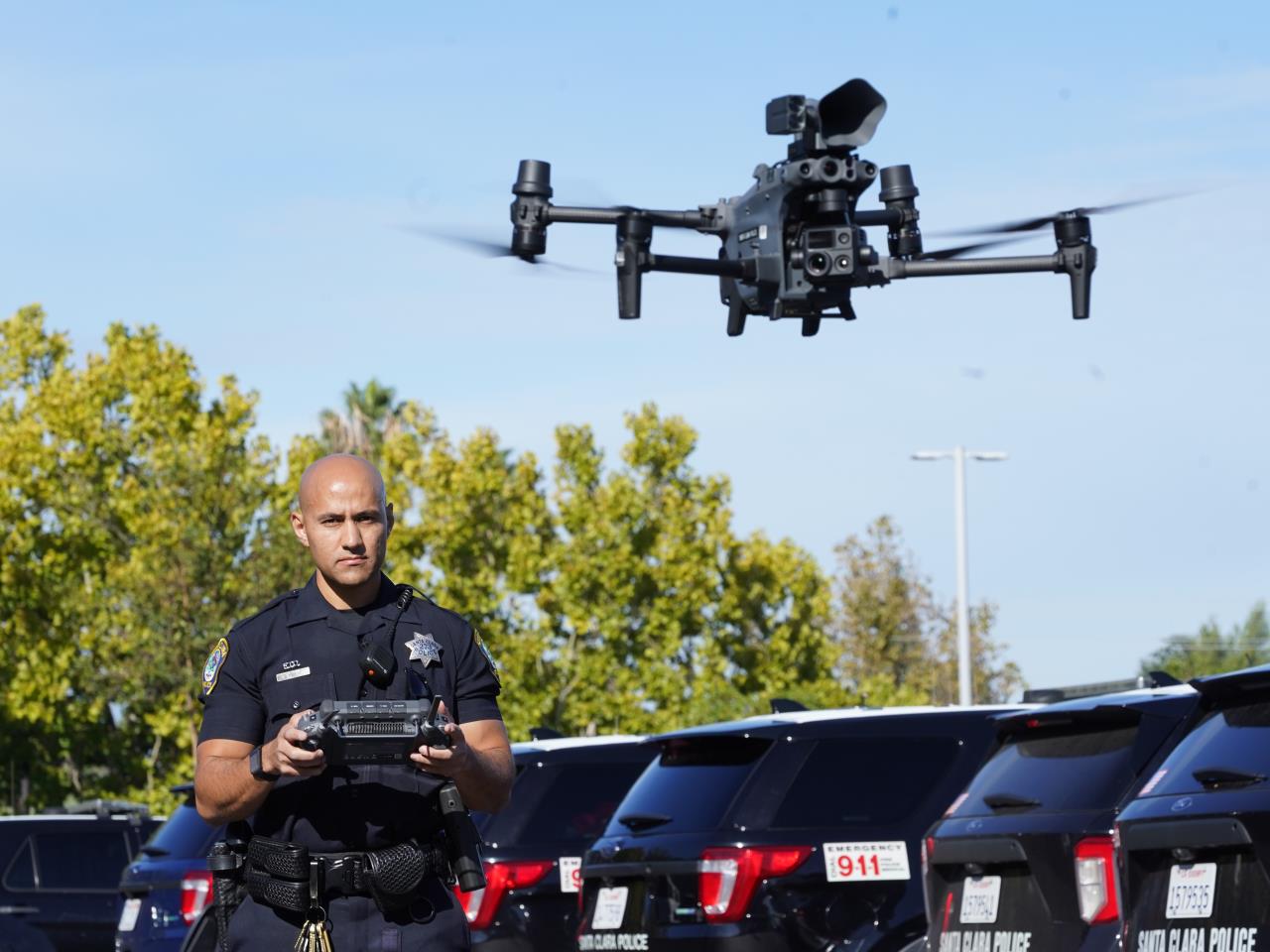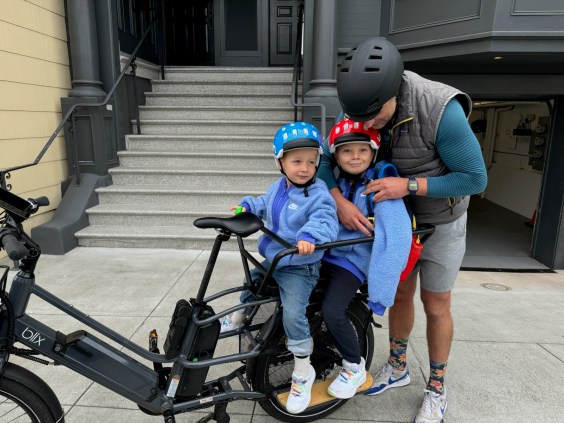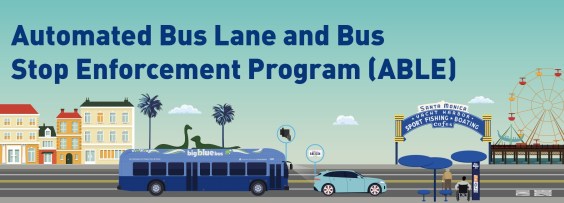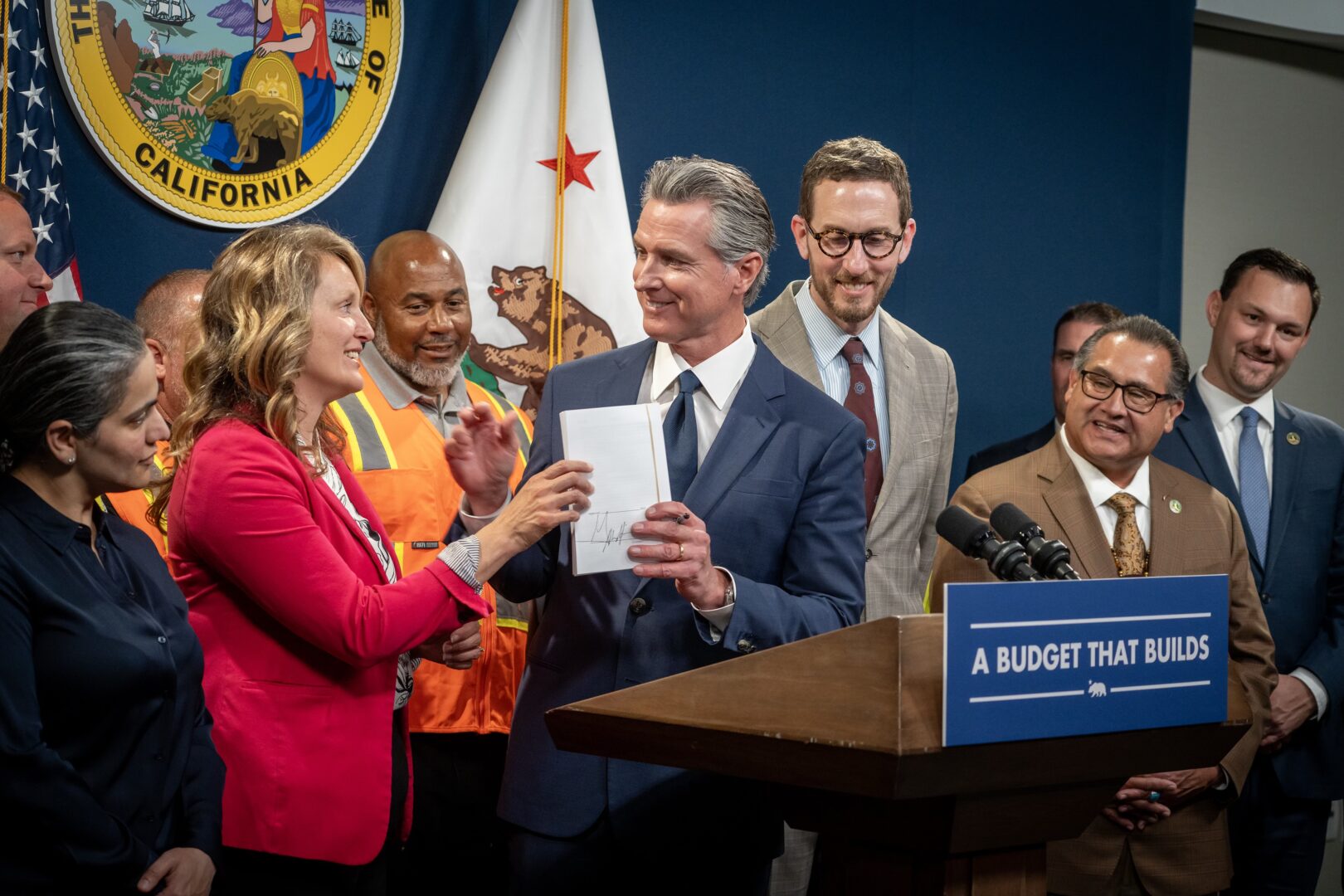Governor Gavin Newsom just announced the appointment of the new director of Caltrans. Adetokunbo Toks Omishakin comes from the Tennessee Department of Transportation, where he directs its Bureau of Environment and Planning. He has also served on the board of directors for American Walks, and as vice chair of the AASHTO Council on Active Transportation, where biking and walking advocates say he has provided thoughtful leadership.
Before that he directed Healthy Living Initiatives for the mayor of Nashville, where he led the development of a Complete Streets policy for the city.
Omishakin gave a plenary speech at the League of American Bicyclists' 2018 national bike summit that emphasized his support for and interest in active transportation.
In that speech, he spoke of the importance of having bicycling and walking included in policies, in design manuals, and in engineering guidelines. He pointed out that resurfacing projects offer opportunities to add things such as road diets and bike lanes - something advocates have been fighting for in California with S.B. 127. And, of course, he said: funding is fundamental.
California is in many ways ahead of the curve. The state dedicates funding to biking and walking under the Active Transportation Program; it has rewritten pieces of the California Design Manual; Caltrans has already adopted a somewhat toothless Complete Streets policy.
What Caltrans needs is a leader who understands why these disparate things are important, one who can explain why biking, walking, and transit need outspoken support.
Advocates have reason to be optimistic about this appointment. Dave Snyder, Executive Director of the California Bicycle Coalition, told Streetsblog that "we've had other directors talk the talk, but none have walked the walk by putting their energy to promote active transportation in a difficult environment the way Toks has. We are really looking forward to working with him."
Kevin Mills, Senior VP of Policy at Rails-to-Trails Conservancy, said that Omishakin "has an unparallelled understanding of the importance of active transportation . . . . He is steeped in the details of issues like walkability, from both a local and a state perspective," and also understands the challenges of moving them forward in an organization as large as a state DOT.
In the bike summit plenary speech, Omishakin mentions a job he had as one of the first bike/ped coordinators in Tennessee. At the time, just getting a single bike lane built was cause for a major celebration. Things have changed, he said, in large part because of the active engagement of advocates, who have pushed government agencies to do better.
There are a number of videos available online of Omishakin talking about transportation, including an interview with Smart Growth America in which he talks about the importance of public outreach and engagement. In another one - it's no Carpool Karaoke, but he takes a ride with Hytch, a carpool app in Nashville, and plays a trivia game with his driver. But first they talk about transit and funding. Omishakin grades Nashville's transit system at "about B minus - not where we should be," he said.
"If you really want to make transit work, you have to invest more," he said, "and have a dedicated transit lane so people are not stuck in traffic. It's gotta be convenient for people. It's gotta be affordable."
Hear, hear.






